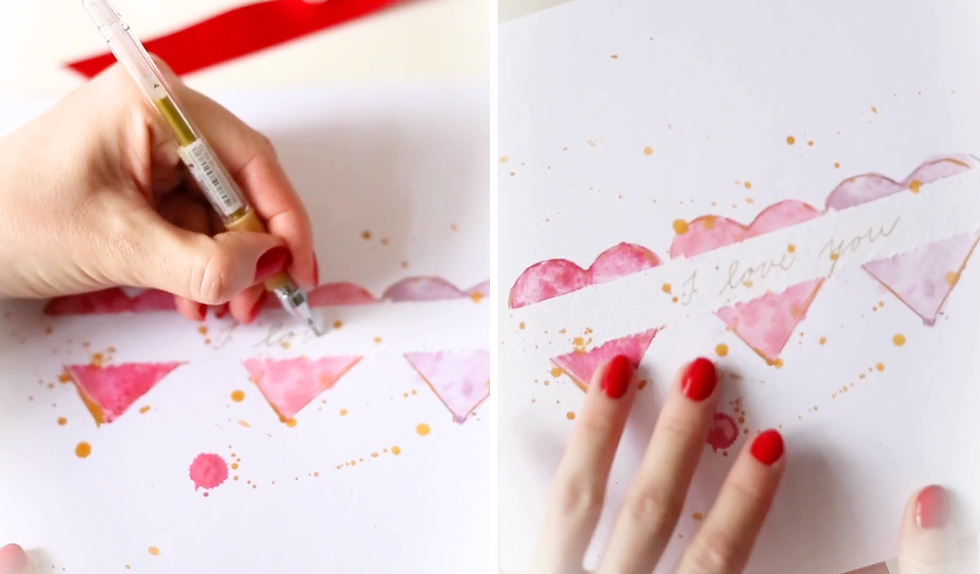A simple drawing of still life, perfect for rainy afternoons
- KOH-I-NOOR HARDTMUTH

- May 30, 2021
- 2 min read

We are inviting you to try a simple drawing of a still life in the comfort of your home. You can assemble a still life scene for example from fruit or vegetables or anything else you have at home. This time we chose ordinary white onions and as a medium to make the picture we decided to use a popular set of artists’ hard pastels.
Hard pastels differ from soft pastels in their ratio of pigment and binder. The hard ones contain more binder and less pigment, compared to the powder type. However that is not a disadvantage at all.
These pastels break less and can be cut to the tip, which comes in handy especially when drawing lines and details. With powder-type pastels, the individual colors can be very well blended with each other.
You can find several sets with different numbers of hard pastels on our e-shop. However, if you intend to create your own color palette or if you ran out of one particular color, you can buy them separately.
Prepare a still life. Pay attention to the composition, the color of the still life
as a whole and also notice the lights and shadows.
You will also need suitable paper for creating with pastels. We would recommend our papersheet popSketch to complete beginners and their first sketches with hard pastel. If you are already more experienced and you are looking for an ideal base for this technique, you might be interested in the papersheet popPastel, which has a higher weight and fine structure. Next, prepare hard pastels. We used a set of forty-eight pieces. Now there is nothing stopping you from getting to work!

First, sketch the whole composition to avoid the situation that the still life objects will not fit on the paper. Then, capture the lights and shadows. We started mixing shades of yellow and brown to achieve a 3D effect.
It is important to start with the lightest possible colors and still have a space for further darkening. Mistakes done through the drawing with hard pastels are quite problematic to repair or erase.

Apart from yellow, ocher and brown tones, colors from other objects were also reflected in the objects of still life, so we used pastels from a slightly different family of colours as well. For example, we used blue, green or red.
You simply do not need to worry to use colors at all.
Finally, highlight the darkest areas of the still life with dark brown, blue and black. At the same time you can highlight light reflections by using white or light blue and yellow.

We highly recommend to seal the resulting image with a fixative. Good luck with your picture!





















There’s a wealth of knowledge in this community that companies should really pay attention to. Even if current nitrile gloves meet industry standards escape road 2, refining them further could lead to better performance and customer satisfaction.
The controls couldn’t be simpler—just move left, right, and jump. But trust me, that’s all you need. The challenge poor bunny comes not from complex mechanics, but from how quickly everything starts happening. Spikes fall. Blades swing. Panic sets in.
A still life drawing of a real object! Brightly colored drawings like Drift Boss give you more practice in drifting skills.